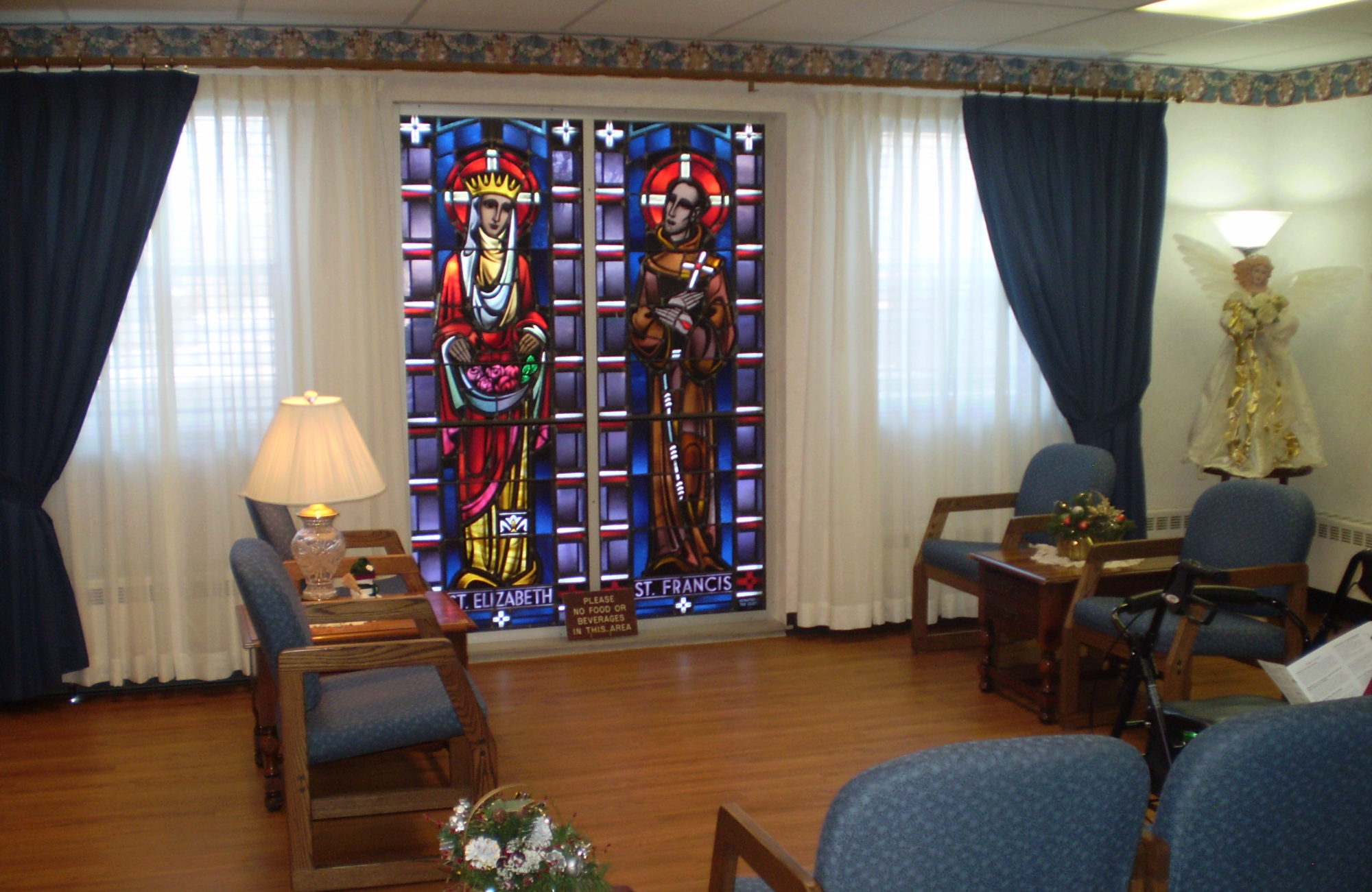 At this time of year (January or February), St. Anne’s has the tradition of recognizing and thanking our staff for their service to our residents with an appreciation dinner. Those celebrating milestone years/anniversaries of employment with us are especially recognized.
At this time of year (January or February), St. Anne’s has the tradition of recognizing and thanking our staff for their service to our residents with an appreciation dinner. Those celebrating milestone years/anniversaries of employment with us are especially recognized.
This year, we’d like to thank the following for their years of service:
- Jeff (Maintenance) – 45 years
- Mary (2nd Floor) – 15 years
- Chuck (Bookkeeping) & Sr. Christina – 10 years
- Lori (PM Aide) & Zachary (Nights) – 5 years
 On another note, St. Anne’s is looking to hire an individual to serve as an evening cook. This is a part-time position. If you (or someone you know) are interested, please visit www.stannesguesthome.org/employment to apply.
On another note, St. Anne’s is looking to hire an individual to serve as an evening cook. This is a part-time position. If you (or someone you know) are interested, please visit www.stannesguesthome.org/employment to apply.





 Don’t forget—Christmas isn’t over yet! In fact, we’re still within ‘the twelve days.’
Don’t forget—Christmas isn’t over yet! In fact, we’re still within ‘the twelve days.’

 Here at St. Anne’s, diabetes is something we are frequently addressing; it comes up in our care conferences and other discussions because a good number of our residents have to deal with this ailment every single day.
Here at St. Anne’s, diabetes is something we are frequently addressing; it comes up in our care conferences and other discussions because a good number of our residents have to deal with this ailment every single day.


 We’re getting ready for our ‘Autumn Extravaganza,” and need your help!
We’re getting ready for our ‘Autumn Extravaganza,” and need your help!